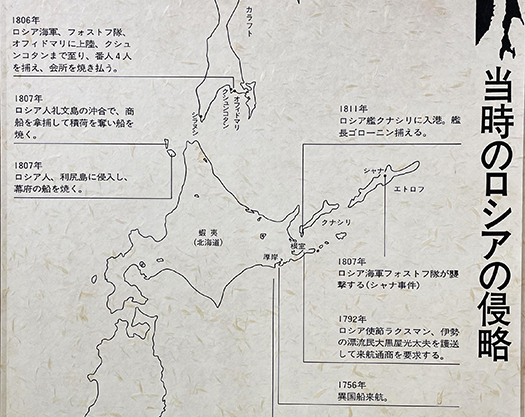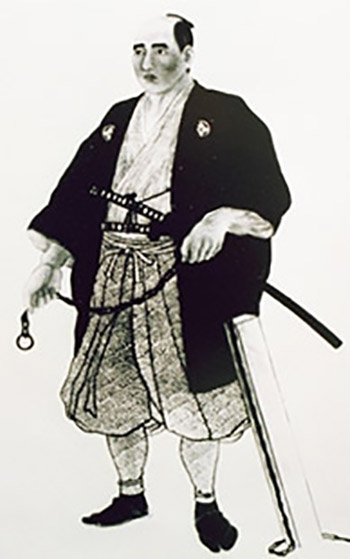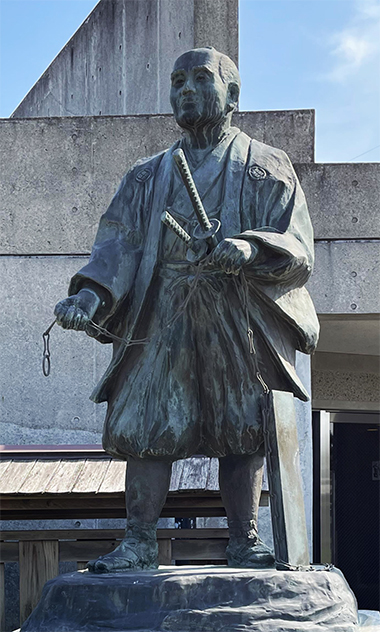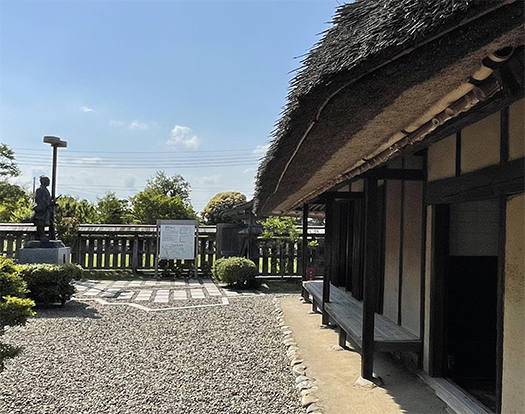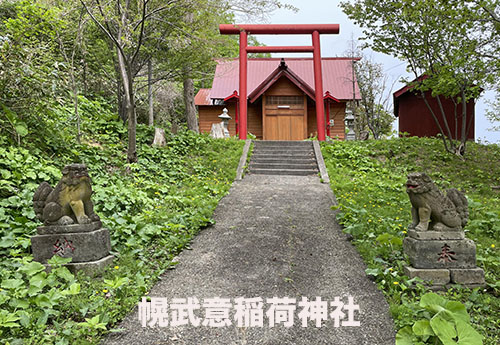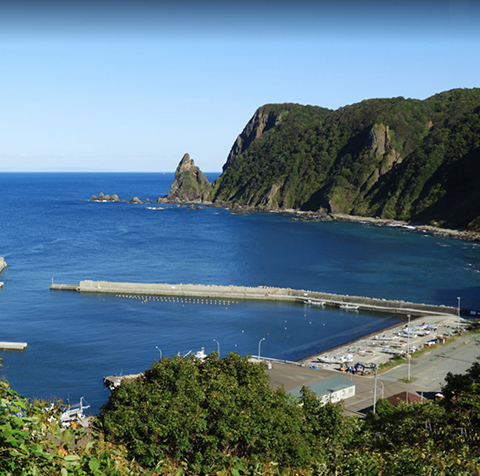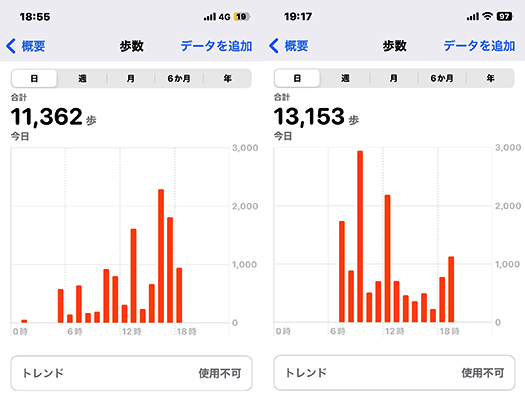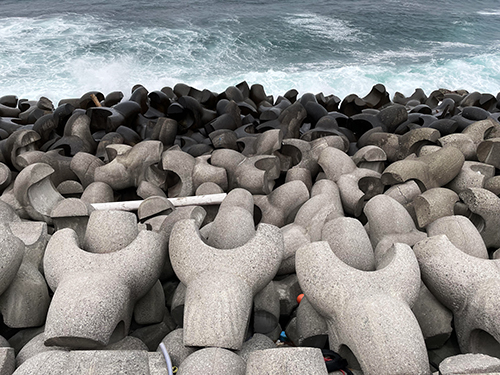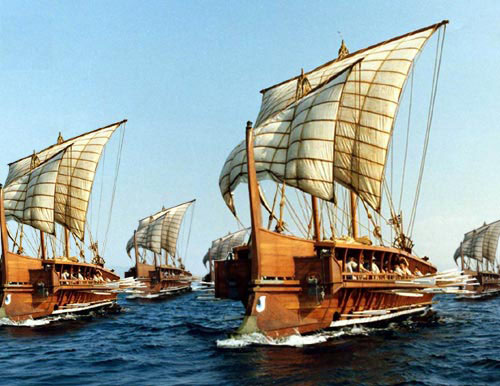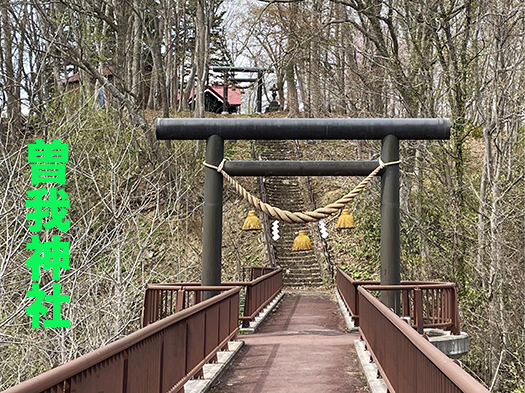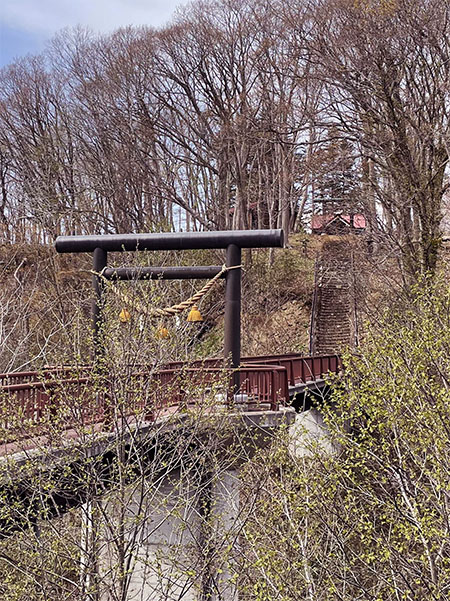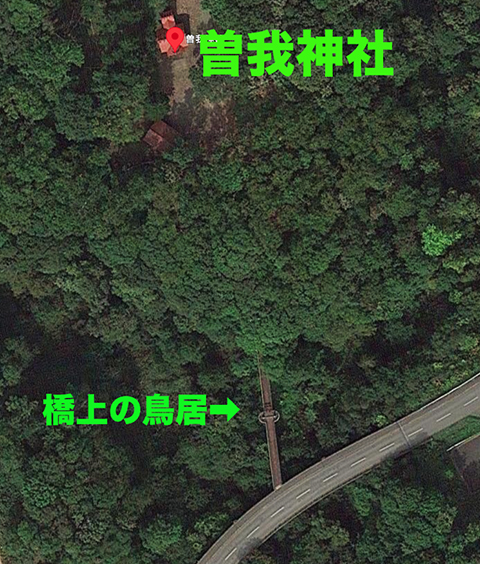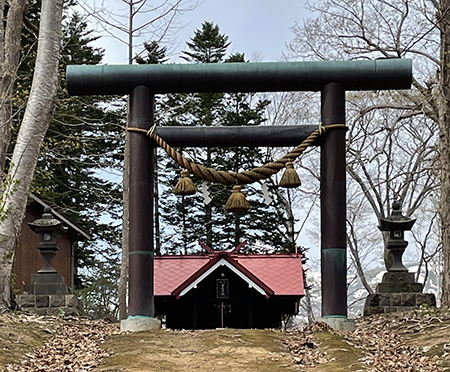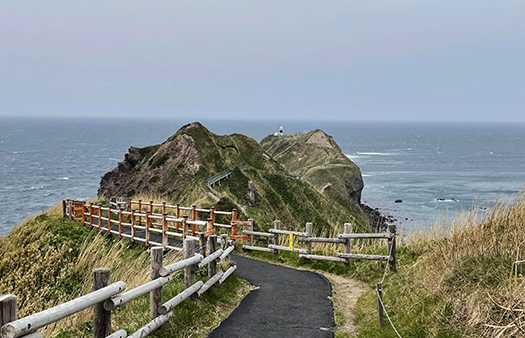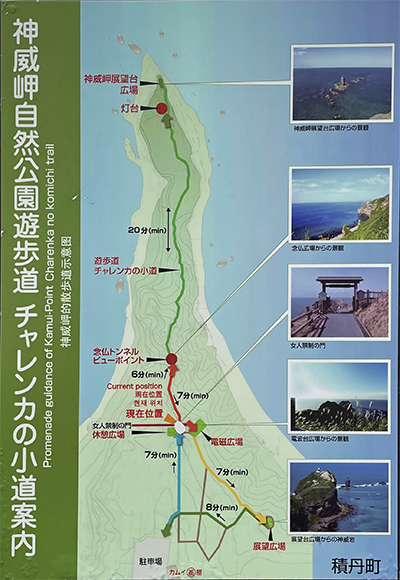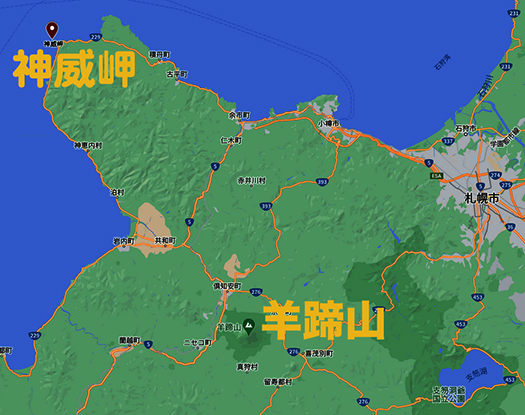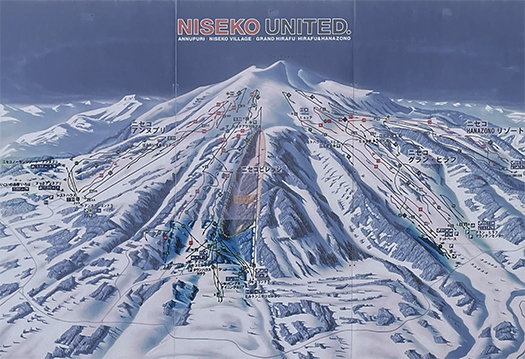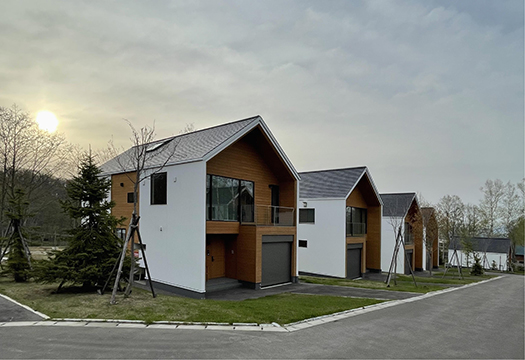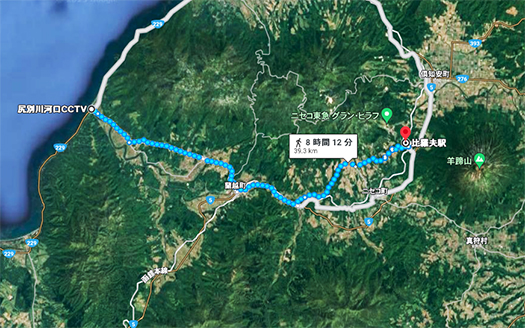
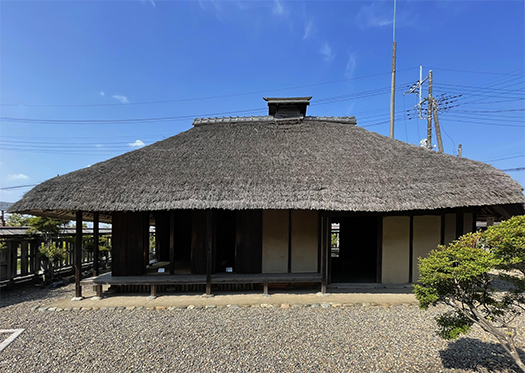

後にその理工系の才能を認められて幕臣として登用され、世界情勢の中でも緊張を高めていた北辺地域の支配根拠となる正確な地理把握を日本発で世界に認識させた間宮林蔵。
当時、列強による世界全域での領土・利権争奪が熾烈を極める中で、そのなかでももっとも危険性の高いロシア国家との「領土」紛争を未然に沈静化させ、英米を中心とする世界世論を日本に引きつける根拠をかれの事跡は確定させた。
そういうかれが生誕した住まいがこの家。
いちばん上の写真は、生誕前のエピソード説明で、なかなか子どもに恵まれなかった両親が、必死に神頼みしたという近在の「月読神社」の様子。ご両親の思いは少子化社会のただ中にいる現代のわれわれとも通底する。
このように「人とすまい」というワンセットが保存されているケースは興味深い。
北海道人としては地域の歴史経緯を知るほどに、自分の生きる土地がロシアとの緊張関係の末に日本領土として確定し、自分が日本人としてのいのちを生きていることに大きな「恩」のある人物なのだと思い続けていた。その人物の生身の出自を探訪できる不思議な機縁。
そのご両親の素朴な人間性にまで触れることができた気がする。
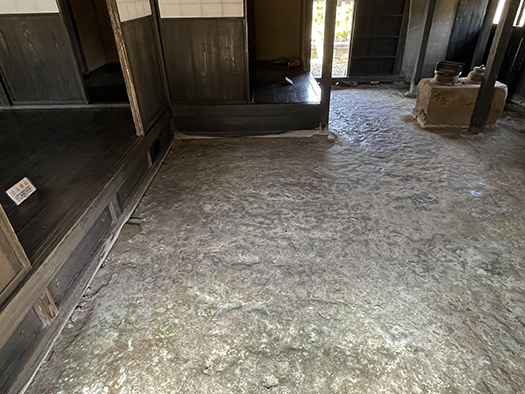
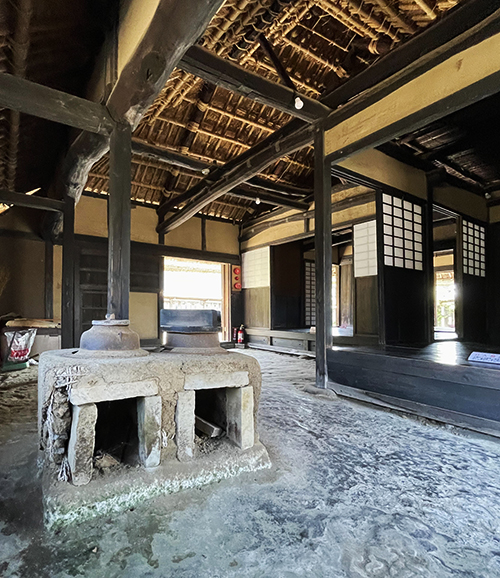
家の中に入ったとき、農家らしい広い土間空間の三和土(たたき)空間が出迎えてくれる。この建物はほんの50m先からとはいえ「移築」されたものだというけれど、丹念に突き固め踏み固められた地盤面には、濃厚に人間らしさが表現されている。
そして自然と、かまどに吸い寄せられるように近づいていった。両親が祈りようやく授かったいのちを養育するのに、そのパワーを生み出し続けた空間。かまどは食という基本で間宮家のいのちを守り続けたのだと、一種畏敬にも近い念が沸き起こって来る。
現代では人間は産科病院で生まれることが多数だけれど、200数十年前の頃には自宅で産婆さんの介助を受けて産み落ちるのが自然。その「産湯」もこのかまどが用を果たしたに違いない。
そして15-6歳になるまでの成長期、間宮林蔵という人物・個性にこのかまどは食生活を通して圧倒的にその成長を保証し続けた。両親の深い愛情が、このかまど空間に刷り込まれている。
ひとは生を受けて成長し、望みを抱き、また人のために役立つことを為していくけれど、そういった「輪廻」のなかで住まいというのは、静かにたたずまいを提供し続けてくれる。まことに多様な個性を生み出し続ける空間なのだと、いまさらながら、深く気付かせられる。
English version⬇
The longed-for child of my parents, finally given to me – Rinzo Mamiya’s birthplace – 3
The house is like witnessing the traces of reincarnation of life. The neat and simple living space that secured the growth of Rinzo Mamiya from birth to the age of 15-6. …
Rinzo Mamiya was later promoted to the post of shogunate minister in recognition of his talent in science and engineering, and he was the first person in Japan to make the world aware of the accurate geographical understanding that would serve as the basis for control of the northern border region, which was undergoing increasing tension in world affairs.
At the time, the struggle for territory and interests throughout the world by the powers was fierce, and Rinzo Mamiya was able to calm down the most dangerous “territorial” dispute with Russia and establish a basis for attracting world public opinion, especially that of the United Kingdom and the United States, to Japan.
This is the house where he was born.
The photo at the top is a scene from the nearby “Tsukuyomi Shrine,” where his parents, who were not blessed with children, desperately prayed to God for help. The parents’ wish is also relevant to us today in the midst of a society with a declining birthrate.
It is interesting to see a case like this where one set of “people and their home” has been preserved.
As a Hokkaido native, the more I learned about the history of the region, the more I kept thinking that I owed a great debt of gratitude to a person whose land I live on was determined as Japanese territory after tensions with Russia and whose life I am living as a Japanese citizen. It was a strange opportunity to be able to explore the person’s birthplace in the flesh.
I feel that I was even able to touch the simple humanity of his parents.
Upon entering the house, one is greeted by a spacious earthen floor space with a farmhouse-like “tataki” (earthen floor). Although this building was “relocated” from a distance of only 50 meters away, the ground surface, which has been painstakingly pried and stepped on, is richly expressive of human nature.
I was naturally drawn closer to the kamado. It is a space where parents prayed and continued to generate the power to nurture the life that was finally given to them. The kamado is a place that has continued to protect the life of the Mamiya family through the fundamental element of food, and this arouses a sense of awe in me.
Today, most people are born in maternity hospitals, but 200 or so decades ago, it was natural for women to give birth at home with the assistance of a midwife. This kamado must have served the purpose of the “birth bath” as well.
During the growth period of Rinzo Mamiya, from the age of 15 to 6, this kamado overwhelmingly ensured the growth of his personality and character through his food. The deep love of his parents is imprinted in this kamado space.
People are born, grow up, have hopes, and do useful things for others, but in such “reincarnation,” a dwelling quietly continues to provide a place to stand. It is a space that continues to give birth to a variety of personalities, as we are reminded even more deeply now.
Posted on 5月 17th, 2023 by 三木 奎吾
Filed under: 住宅取材&ウラ話 | No Comments »


